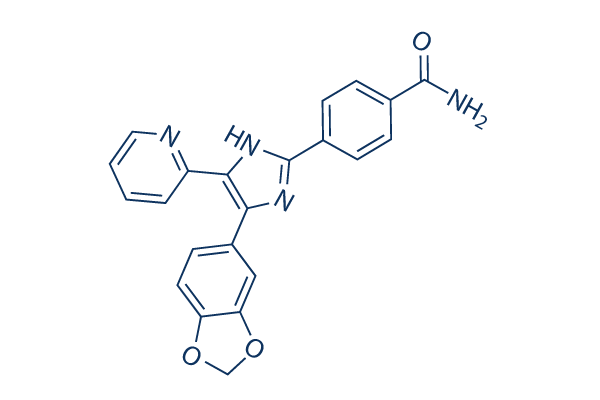Subsequent studies reported mutations in GBA at frequencies ranging from 6% to 28% of DLB situations. Collectively, these genetic stu dies recommend that GBA mutations represent genetic danger variables for DLB. Complementing these genetic investigations, Parnetti et al. just lately reported a pro nounced reduce in GBA exercise in cerebrospinal fluid of DLB patients. A very similar reduction in GBA activity continues to be previously reported in PD. This corroborates a connection concerning Gaucher sickness and the two afore pointed out synucleinopathies, PD and DLB. Gaucher Illness, Many System Atrophy, and Neurodegeneration with Brain Iron Accumulation Several procedure atrophy, a progressive neurode generative disorder, is characterized by autonomic failure, poor levodopa responsive parkinsonism, cerebellar ataxia, and various pyramidal signs.
MSA Parkinsonism variety could be the most typical Western Hemisphere pheno form, when MSA more hints cerebellar sort is predominant inside the Eastern selleck chemicals PF-4708671 Hemisphere. Imply survival is approximately nine to ten many years immediately after onset of signs, with noc turnal sudden death currently being a major result in of mortality. MSA is generally thought to be a major oligo dendrogliopathy on account of widespread glial cytoplasmic inclu sions. These inclusions have demonstrated for a synuclein, as a result relating MSA to other synucleinopathies this kind of as Parkinsons sickness and dementia with Lewy bodies. Genetic studies have uncovered that variants from the a synuclein encoding SNCA gene are key danger components for MSA.
Aside from the role with the SNCA gene, nonetheless, the etiopathogenesis of MSA has still to become elucidated, interactions of genetic and envir  onmental variables similar to other complicated neurodegenera tive conditions are probable. Like MSA, with brain iron accumula tion falls beneath the synucleinopathy umbrella as a consequence of many reports of linked a synuclein accumulation. NBIA comprises a spectrum of progressive additional pyramidal disorders including the previously labelled Hal lervorden Spatz syndrome also as added ailments characterized by higher levels of iron accumulation within the brain. Figuring out no matter whether a patient has NBIA and diagnosing a specific subtype may get a number of years, although the phenotype and radiographic modifications evolve. The most important form of NBIA, accounting for approximately 50% of scenarios, is pantothenate kinase associated neurodegenera tion triggered by mutations from the PANK2 gene. Other NBIA ailments, such as aceruloplasminae mia, that’s induced by mutations during the CP gene, and neuroferritinopathy, which is caused by mutations during the FTL gene, appear to influence distinct, little NBIA sub popu lations. The drive to recognize important causative genes has helped refine the NBIA subtypes, giving clinicians which has a systematic approach to diagnosing and treating these complex scenarios.
onmental variables similar to other complicated neurodegenera tive conditions are probable. Like MSA, with brain iron accumula tion falls beneath the synucleinopathy umbrella as a consequence of many reports of linked a synuclein accumulation. NBIA comprises a spectrum of progressive additional pyramidal disorders including the previously labelled Hal lervorden Spatz syndrome also as added ailments characterized by higher levels of iron accumulation within the brain. Figuring out no matter whether a patient has NBIA and diagnosing a specific subtype may get a number of years, although the phenotype and radiographic modifications evolve. The most important form of NBIA, accounting for approximately 50% of scenarios, is pantothenate kinase associated neurodegenera tion triggered by mutations from the PANK2 gene. Other NBIA ailments, such as aceruloplasminae mia, that’s induced by mutations during the CP gene, and neuroferritinopathy, which is caused by mutations during the FTL gene, appear to influence distinct, little NBIA sub popu lations. The drive to recognize important causative genes has helped refine the NBIA subtypes, giving clinicians which has a systematic approach to diagnosing and treating these complex scenarios.
Beta Amyloid Signal
Aβ molecules can aggregate to form flexible soluble oligomers which may exist in several forms.
